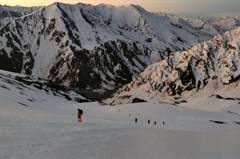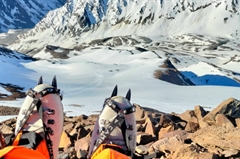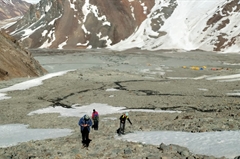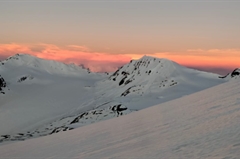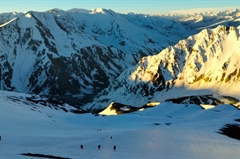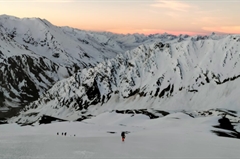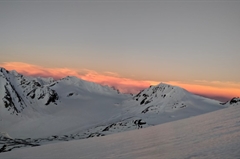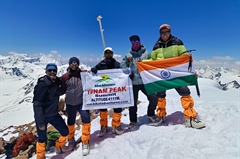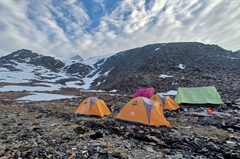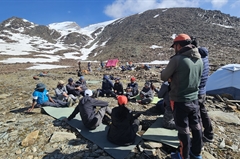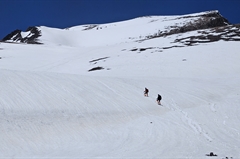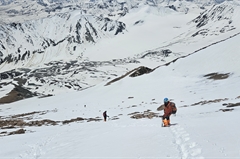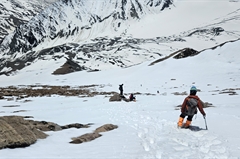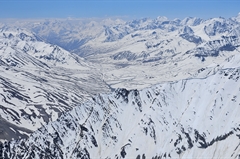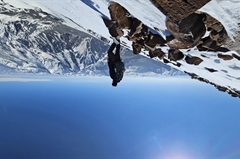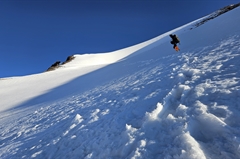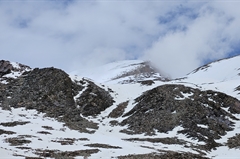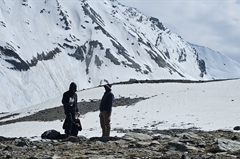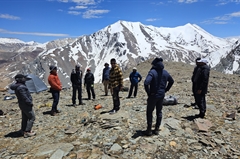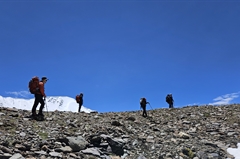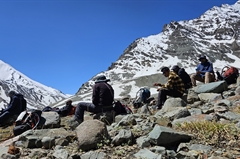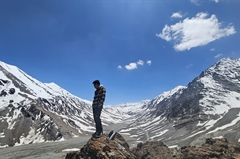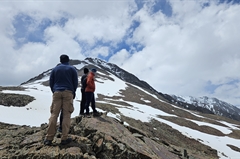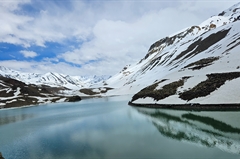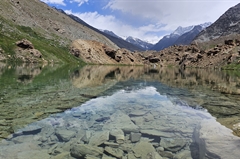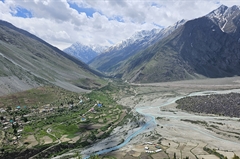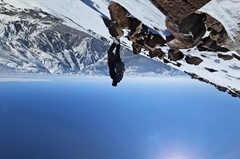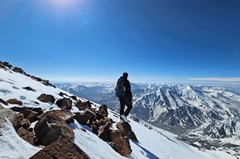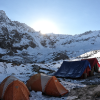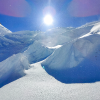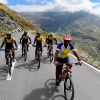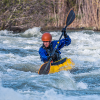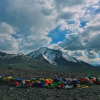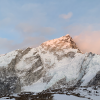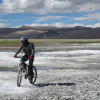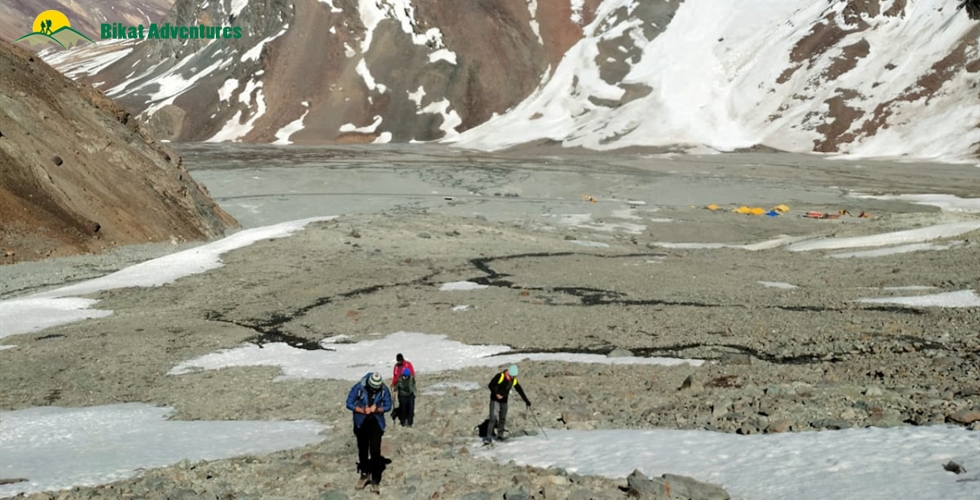
Yunam Peak Trek
A Hidden Challenge of Himachal
Available Batches
Available Batches
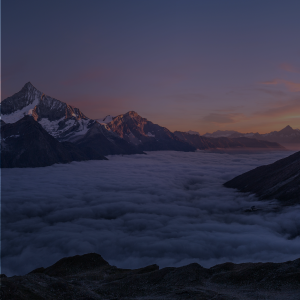
Brief Description
Brief Itinerary
Detailed Itinerary
Day 1
Make Your Way to Manali (2,050M)
The trek starts from Manali, which is a popular tourist destination as well as a high-altitude backpacking centre and hence extremely accessible.
Day one is reserved for everyone to make their way to Manali and get settled into their accommodation. Since climbers will be coming to this altitude from sea level, the body will need time to get comfortable with the mountain air. While the body acclimatizes, we use this time to get acquainted with each other, go over some of the basic mountain rules and discuss the route, terrain, weather and all there is to know about what to expect on Yunam Peak.
Day 2
Manali (2,050M) to Jispa (3,200M)
Distance: 100 kms
Duration: 4 hours
Jispa is a small village in Lahaul with a population of less than 300. Located along the Bhaga river, the village packed with hotels and homestays rests alongside a smooth running Leh-Manali Highway. The contrast of the rolling fields, mud houses and the colours of the Buddhist culture thick in the air on one side and the impeccable roads, multi-storied hotels on the other give the village a very European countryside-like feel.
Our drive takes us through Sissu which is another beautiful village. Watch out for the infamous Sissu waterfall – it is quite a sight. We pass through Tandi and then Keylong from where we get our permits and then cover the 22 remaining kms to Jispa in about an hour’s time.
Expect to reach in 4 hours. You have the entire day to explore this beautiful settlement and also acclimatise yourself to this new altitude in the process.
Overnight in a hotel/homestay.
Day 3
Jispa to Bharatpur (4,500M)
Distance: 100 kms
Duration: 5 hours
Today is jam-packed with excitement. From meeting two lakes with two distinct personalities – Deepak Tal and Suraj Tal, to crossing the Baralacha La Pass at 4,850M to settling into Bharatpur, our first campsite on this expedition – there is a lot happening today! We are also continuously gaining altitude and you may begin to feel the effects of that. Spend a lot of time out and about and remember to drink plenty of water to help your body adjust to this new height.
There are a few roadside dhabas in case you have some specific food cravings. Bharatpur is where we bid farewell to the colour green – it is all shades of brown and black from here on. You are now in the belly of Lahaul!
Day 4
Acclimatisation in Bharatpur (4,700M)
We wake up with no rush since we spent our first night at high-altitude and do not want to stress the body too much. Today is reserved for acclimatization to the altitude since we gained quite a bit of height (2,700M) in the last 2 days and have also entered a much different terrain. Coming from the humid city air to the pleasant temperature of Manali to entering Lahaul, we have moved through many different climactic zones. The weather here, in Lahaul, is much drier making it harder still for the body to adapt.
We will go for an acclimatization walk in the evening where we will gain close to 300-400M in altitude, but remember to stay active and spend as much time outside your tent as possible. Spending as much time exposed to this new altitude air will help the body adapt to it much better, prepping it for what’s to come in the following days.
Day 5
Bharatpur (4,700M) to Base Camp (5,200M)
Distance: 4 kms
Duration: 4 hours
Today is likely to feel a little strenuous because we are walking for the first time on this trek at this height and with our sacks. The distance is not high but it is an upward slope through and through. We start at 9 AM after breakfast. There is a proper trail which takes you straight to the base camp. The terrain is already moraine-like with rolling rocks making it hard to find your footing. We cross the water stream coming from above, a couple of times on our way up – you will always find narrow sections and stepping stones from where you can cross the stream easily. You will mostly not need to take off your shoes. Remember to take frequent breaks and continue to drink plenty of water.
Reaching the base camp should take us close to 4-5 hours. From the base camp, you get the entire view of the mountain from its head to toe. It almost looks like it’s a stone-throw away. Spend these two days at the Base Camp studying the mountain, its routes and the many features on its face.
Day 6
Acclimatization at Base Camp (5,200M)
A lot has to be achieved during our time at the Base Camp. From distribution of gear like snow boots, crampons and helmets to some basic training on how to walk on snow, how to arrest your fall and how to divide your energy to last you through the day on a summit night. We also talk about the plan for the summit, the route we follow, some difficult sections to be mindful of and how we will work together as a team.
Tonight, we leave for the summit. Have an early dinner and get to sleep by 7 PM so that you get enough rest.
Day 7
Base Camp (5,200M) to Summit (6,111M) and back to Base Camp (5,200M)
Distance: 4 kms
Duration: 12 hours
There are two ways to describe this day – extremely exciting and extremely long! We wake up by 1 AM, gear up, have some breakfast, fill 2 litres of water and set out for our push by 2 AM. The continuously steep and endless slopes leading up to the summit of Mt. Yunam are easier to tackle on a rocky terrain when there is a clear trail to follow. In snow, things get a little more precarious as the conditions of snow change continuously, it is also harder to find your footing on as compared to hard ground. The effort required to make every step forward is three times too much. Overall, snow makes the summit day on Mt. Yunam quite a hassle but that’s what adds to the sense of accomplishment once you make it to the top.
The conditions you get during your climb will determine how long your day will be. We start out on a flat section of moraines which brings us to a gully of a 60 degree gradient. On crossing the gully, we take a right that brings us to a massive field of snow. Once across this field, we will be walking on nothing lesser than a 50-degree incline at all times till we reach the summit. The summit of Yunam is a flat surface with crazy views of an endless range of snow mountains on all sides. The sunrise on the way is no less magical.
You soon realise that the highest point of the mountain you could see from the base camp, is actually not the summit. The summit lies 2 hours ahead of this point – hidden behind the false summit, it wasn’t visible from the base camp. These last 2 hours prove to be the hardest part about the climb.
With almost a 1000M in elevation gain, the summit day is extremely taxing and can prove to be challenging. Remember to retain enough energy for your descent as well. Climbing down in snow is a lot harder than climbing up, exercise extreme caution. If you have found yourself a rocky terrain devoid of snow, your day will be much shorter for sure but you will be trading off the joy of snow slides on your way down!
Day 8
Base Camp to Bharatpur (4,700M) and Drive to Manali (2,050M)
Distance: 2.5 kms
Duration: 1.5 hours
We’ve come to the end of this trek. As we amble down the rocky slopes from our base camp to Bharatpur, we bid a happy farewell to the mountain. The trek down is an easy one. At the end of the trail, we reach the familiar dhabas where we will also find our vehicle waiting to drive us back to Manali. Expect to reach Manali by early evening. You may plan your journey ahead accordingly.
What's Included
- Camping during the trek and Guest House/Hotel Stay on twin / triple sharing basis in Manali and Jispa on (Day 1 & Day 2)
- Veg Meals as per menu during the trek
- Technical equipment - as required, depending upon snow conditions
- Trek Permit Fee (Upto the amount charged for Indian nationals)
- First aid medical kits and oxygen cylinder
- Qualified & experienced Guide and Support staff
- Mountaineering course certified Trek Leader with First Aid certification & customized rescue course from NIM
What's Not Included
- Meals during Hotel Stay in Manali and Jispa
- Meals during road journeys
- Any kind of personal expenses
- Any kind of Insurance
- Mules or porter to carry personal luggage
- Anything not specifically mentioned under the head Inclusions
Are you Eligible for this Adventure?
BRS Level Required
This makes it mandatory for you to have high-altitude experience of preferably multiple treks marked at level 5 on the BRS. The altitude, the terrain and the nature of the climb demand a certain level of skill and a need for you to be aware of how your body reacts to the various features of high altitude environment.
If you do not know what level of BRS trek would suit you best, worry not! Fill out this Form:
we will send you a progression chart to help you comfortably get out of your comfort zone in order to level up and ultimately reach your highest potential in the big, bad world of outdoor adventure.
Packing List
This is a list of essential items for individuals doing the trek with Bikat Adventures. This list contains only those items which the participants are required to bring with them. The list excludes those items which are provided by Bikat Adventures on the trek. We have divided the items into five categories. All the items in the list are essential except for those marked as optional.
Trekking Gear
- Ruck sack bag with rain cover. Qty -1
- Day Pack Bag - Recommended for treks with summit day
- Head Torch with spare Batteries. Qty -1
- U V protection sunglasses. Qty -1 Here is how you can choose the best sunglasses for trekking.
- Water Bottles: 2 bottles of 1 liter each
Footwear
- Non-skid, deep treaded, high-ankle trekking shoes Qty -1
- Pair of light weight Slipper/Sandals Qty -1
Clothing
- Quick Dry Warm lower or Track Pants. Qty - 2
- Full sleeves T-shirts/ Sweatshirts. 1 for every 2 days of trekking
- Pair of thick woolen socks. 1 pair for every two days of trekking
- Thermal Body warmer Upper & Lower. Qty-1
- Undergarments. Qty - 1 for every day of trekking
- Warm jacket closed at wrist & neck .Qty-1
- Full sleeves sweater. Qty -1
- Rain wear ( Jacket & Pants ) . Qty-1
- Pair of waterproof, warm gloves. Qty-1
- Woolen cap. Qty-1
- Sun shielding Hat. Qty -1
Toiletries
- Personal toiletries kit (Small Towel, Toilet paper, paper soap, Bar soap, toothbrush, toothpaste, cold cream, etc.)
- Sun screen lotion small pack. Qty -1 Here is your Sun Protection 101 to stay safe in the bright sunny outdoors.
- Lip Balm small pack. Qty-1
Utensils
- Small size, Light weight & Leak proof lunch box. Qty-1
- Plate. Qty- 1
- Spoon.Qty-1
- Tea/Coffee (plastic) Mug.Qty-1
Miscellaneous
- Camera (Optional)
- Carry your medicines in plenty in case you have any specific ailment. Consult your doctor before joining the trek.
- Dry fruits, Nuts, Chocolate bars (Optional)
Frequently Asked Questions
Why Bikat?
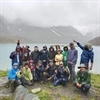

Small Group Size
Our batch sizes are capped at 15 for smaller treks with the trek leader and trekker ratio of 1:8. This ratio, in our years of experience, has proven to deliver the best trekking experience for individuals as well as groups. Capping the size of the group ensures individual attention to each trekker so that no signs of distress or need during the trek go unnoticed. It also helps to form a more cohesive cohort with better group energy which helps define the rhythm and pace of days on the trek. As you go higher up on the BRS scale, since the stakes are higher, expeditions have an even smaller group size with the ratio of expedition leader to climber set at 1:2.
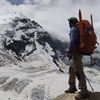

Qualified Trek Leaders
We follow a rigorous regime of hiring and training our experts in the field. Each trek leader is a certified mountaineer with years of experience in the field. In addition to their qualification, they also go through practical and situational training to tackle any and all kinds of sudden conditions that may present themselves on the ground. Being unpredictable is the core nature of the mountains but being ready for any circumstance as best as possible is a controllable asset that we try to nurture. Our field experts are also trained in basic medicine and first-aid response. Watch: Forerunners - The Making of A Trek Leader At Bikat Adventures
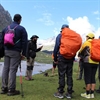

Guided Progression
Since Bikat Adventures is a learning-based organization, we help you climb up the ladder of difficulty within the sphere of outdoor adventure systematically. Our on-ground training modules are designed to handhold you through the upskilling process so that you are ready to take on bigger challenges.
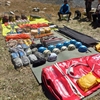

Equipment Quality and Check
All the gear used on our treks and expeditions is tried and tested, maintained for good quality, and is overall top-notch in quality and condition. We are continually looking to obtain the best of everything there is in the market so as to ensure optimum safety.
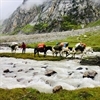

Support Systems
Along with the staff you see on-ground, we have a team of superheroes working in the background to give you the best experience possible. Our background team also comprises local staff from each area who know the region best. Having local support helps with studying the area, pre-planning, execution, and in receiving timely support in case of emergencies in these remote locations.
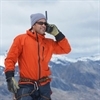

Communication
Our on-field staff is in constant contact with our teams based in primary locations so as to eliminate any avoidable delay in reaching additional help and support when required. We try to use the best tools for communication available, including satellite phones, in regions where they are not restricted.
What our customers Say
Cancellation Policy
Cash refund
Cancellations up to 60 days prior to departure date
Between 60 days upto 30 days prior to departure date
Between 30 days upto 10 days prior to departure date
Less than 10 days prior to departure date
Voucher refund
Cancellations up to 30 days prior to departure date
Between 30 days upto 15 days prior to departure date
Between 15 days upto 10 days prior to departure date
Less 10 days prior to departure date
- Cash refund is applicable only in case of bookings made without using any promotional offer code or Cancellation Vouchers or Discounts
- This is only a brief of cancellation terms. For finer details please refer Detailed Cancellation Policy.
Blog Posts
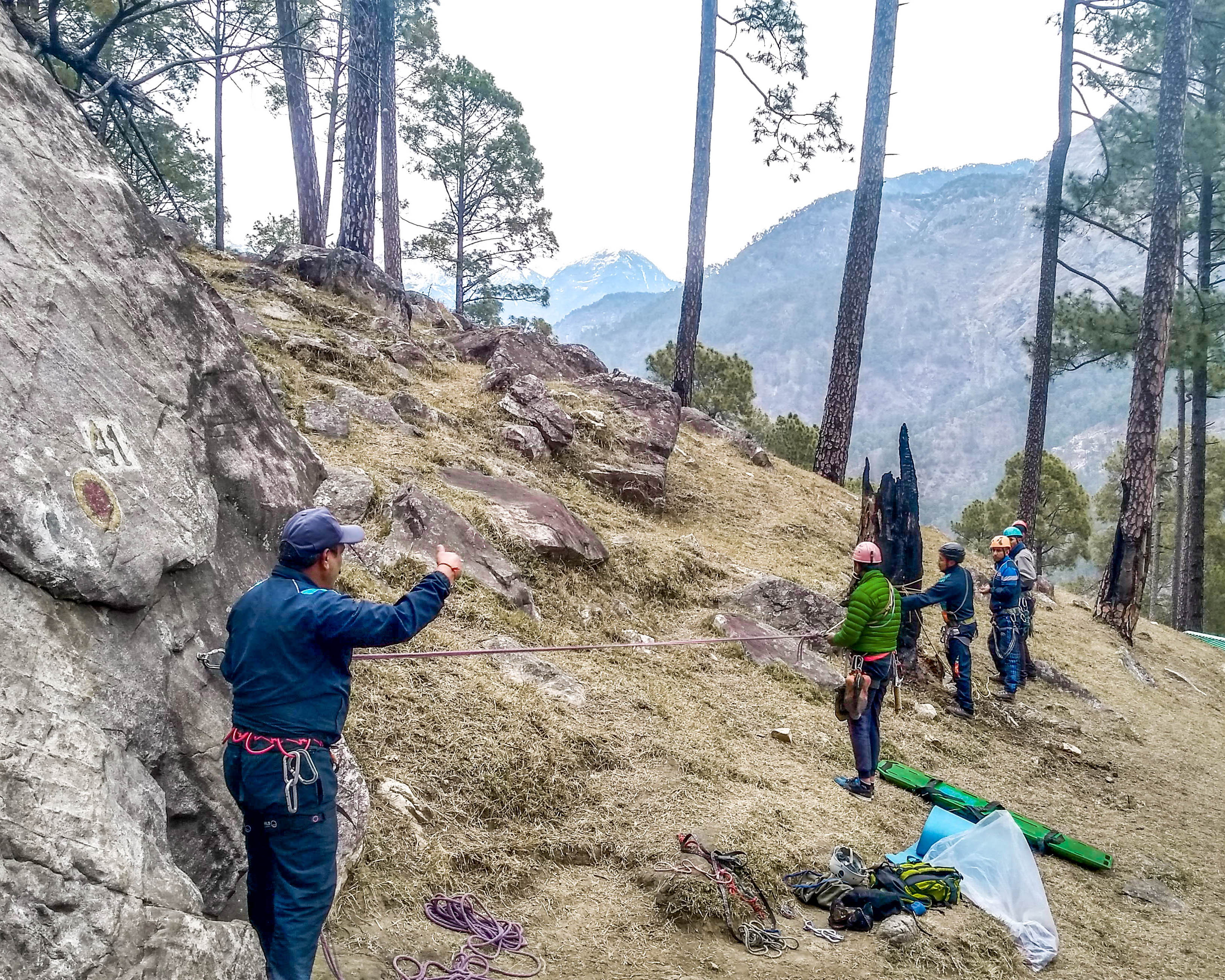
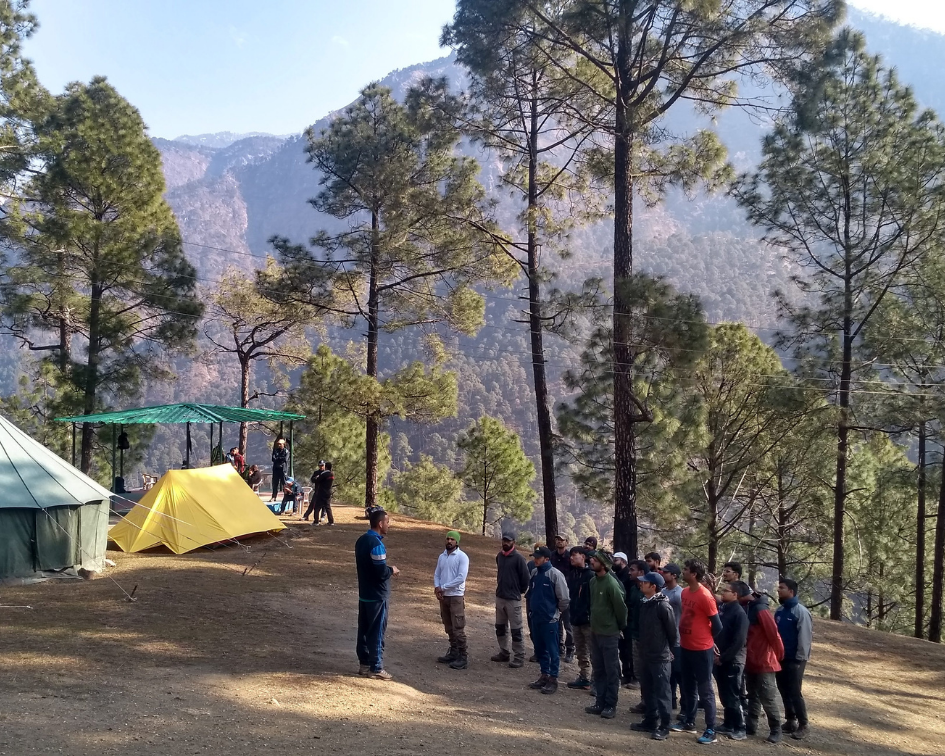
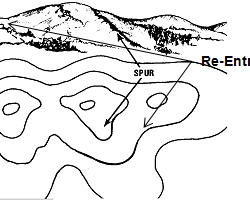
Similar Adventures
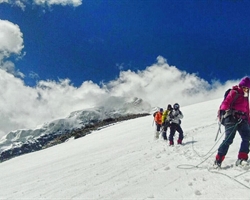
Kang Yatse II Peak Trek
A Semi-Technical Peak in Ladakh
Ladakh
12 Days
BRS 6
6250 m
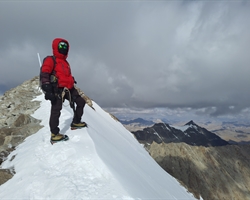
Dzo Jongo Peak Trek
An off-beat hidden gem of Ladakh
Ladakh
10 Days
BRS 6
6240 m
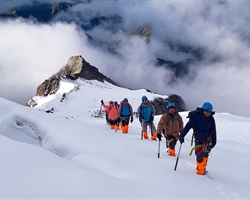
Friendship Peak Trek
A Springboard For Hardcore Mountaineering
Himachal
8 Days
BRS 6
5289 m
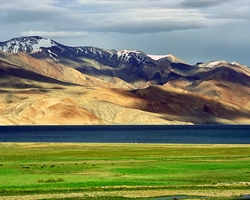
Mentok Kangri II Expedition
Ladakh
11
BRS 6
6250 m
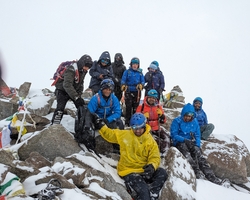
Kang Yatse II & Dzo Jongo Peak
Double Delight- Best of 6K Peaks in Ladakh
Ladakh
14 Days
BRS 6
6250 m
